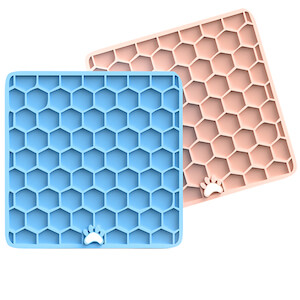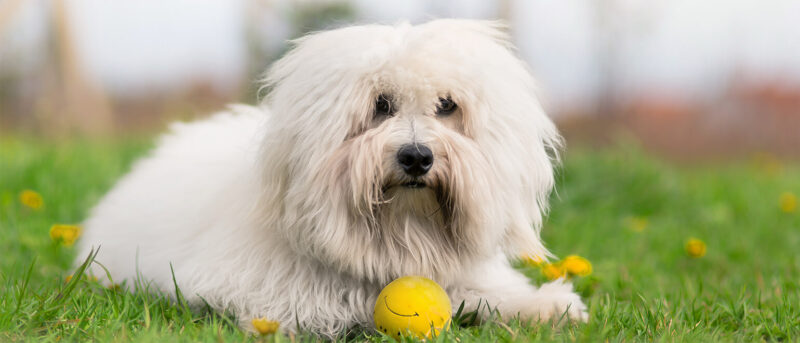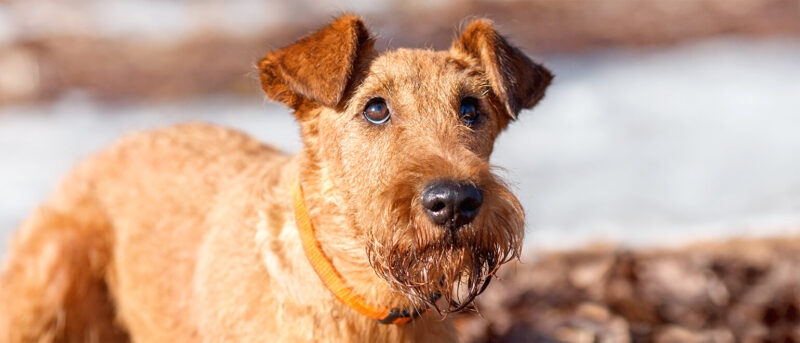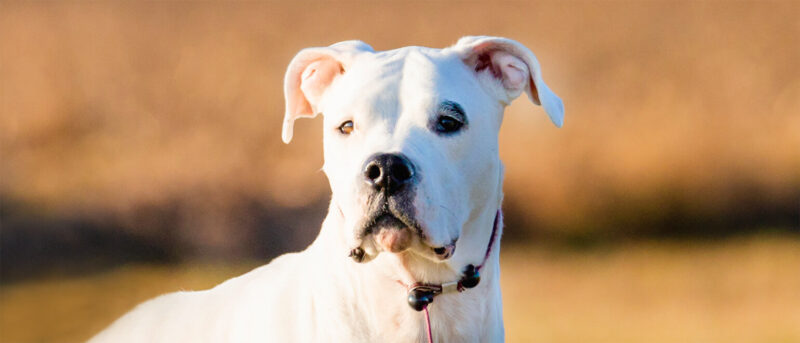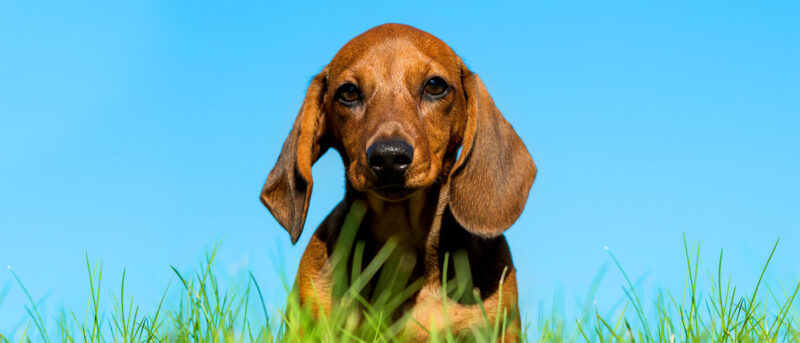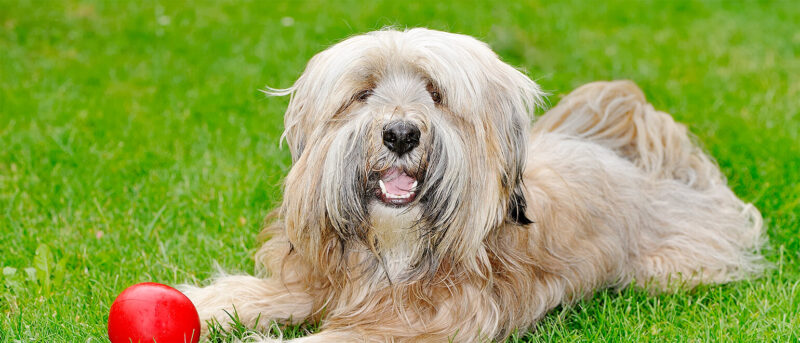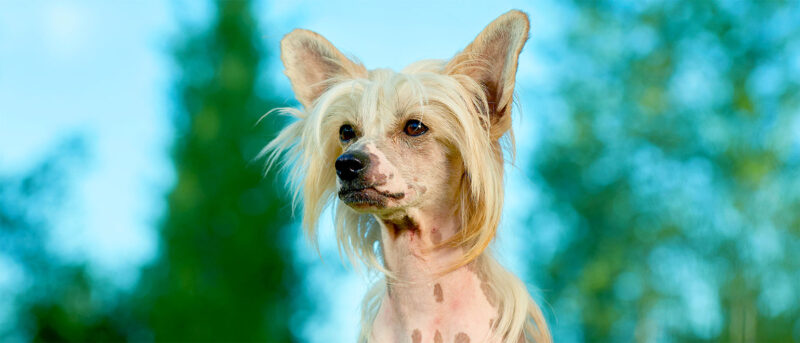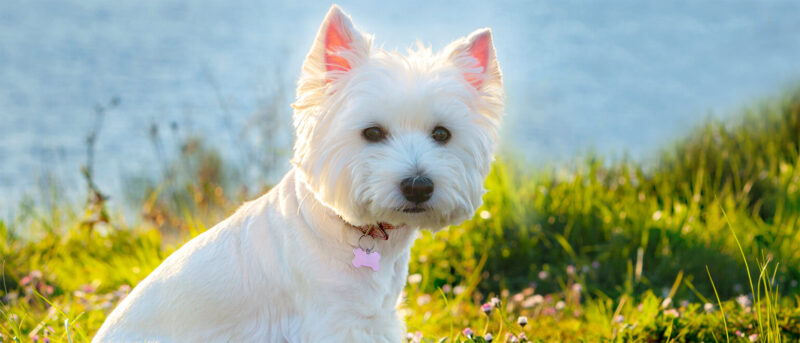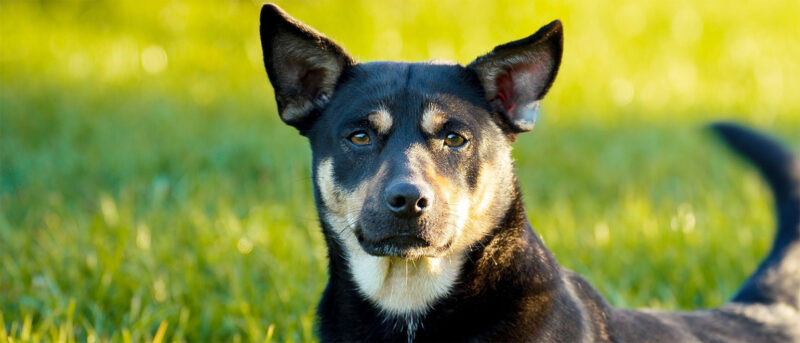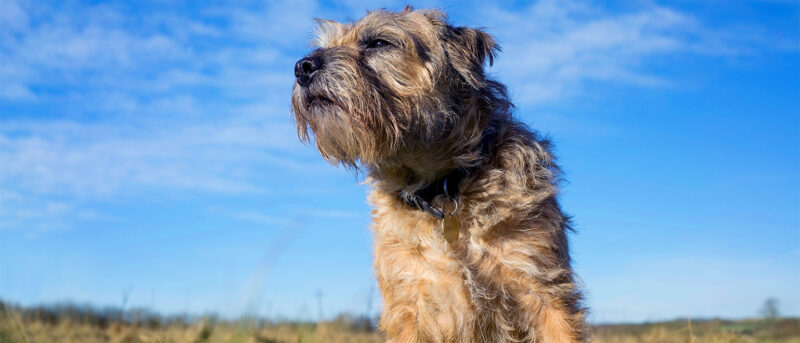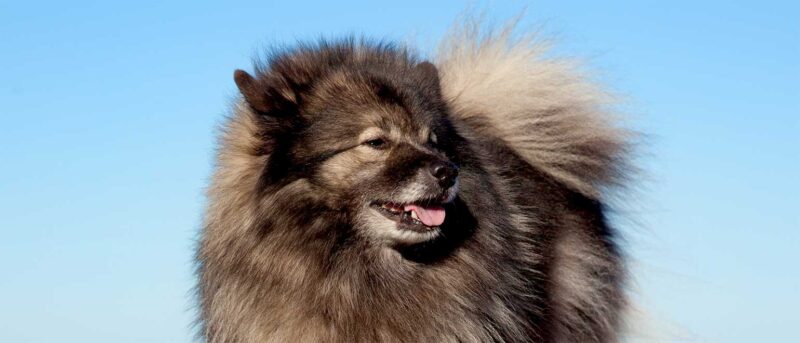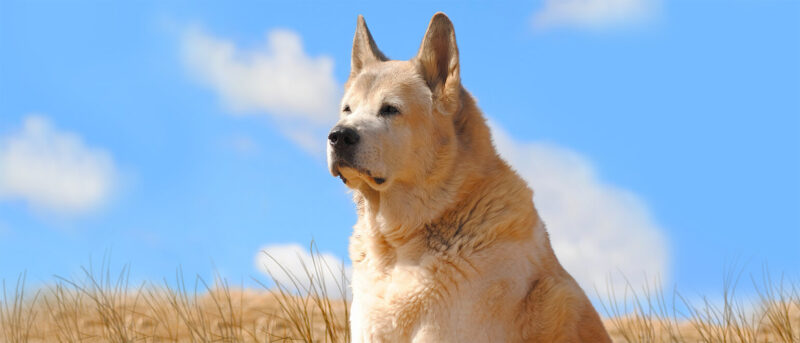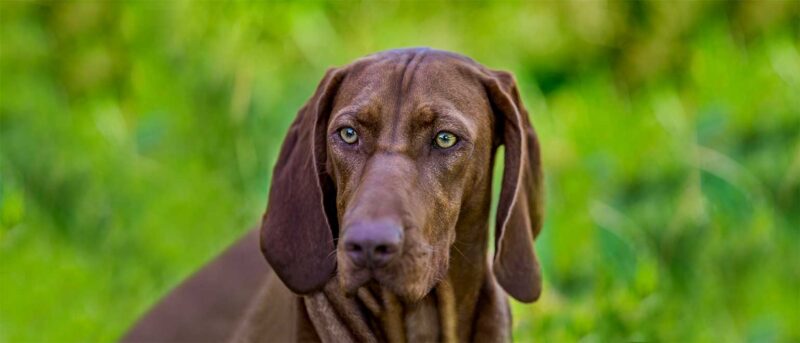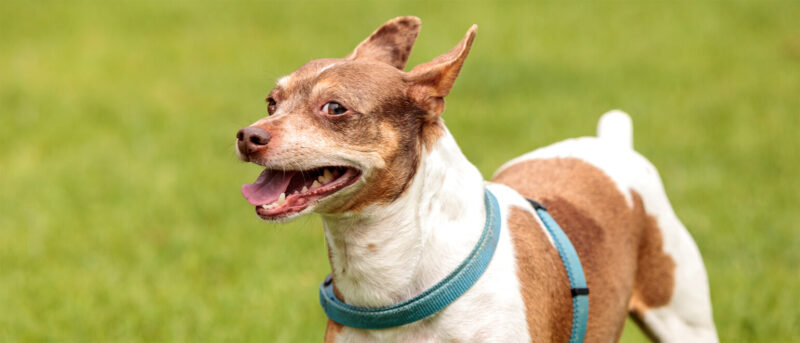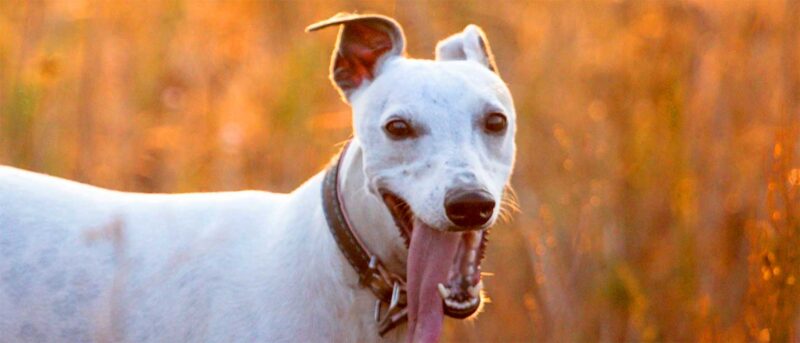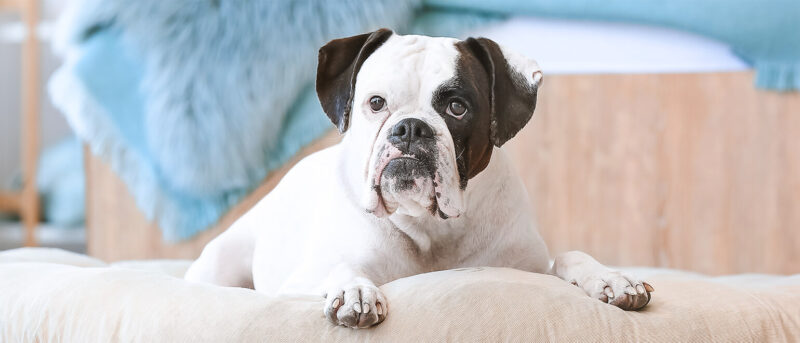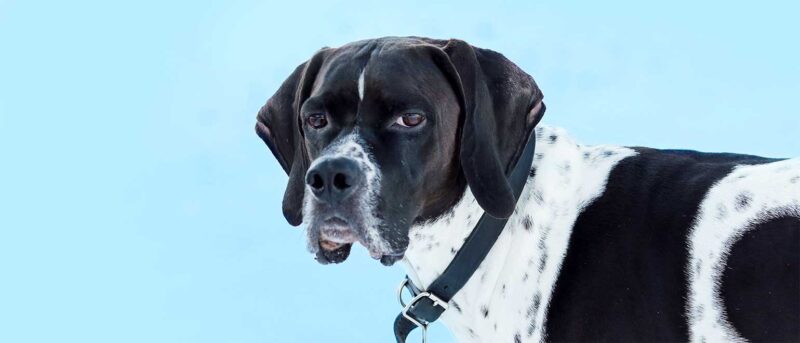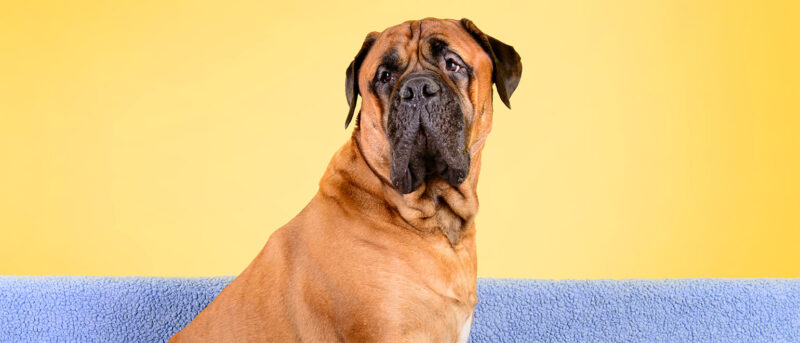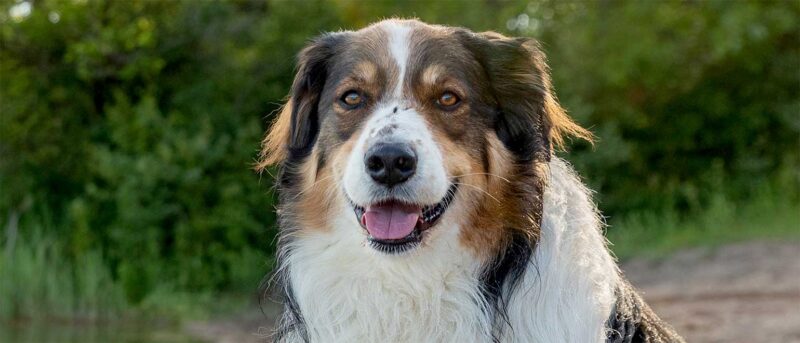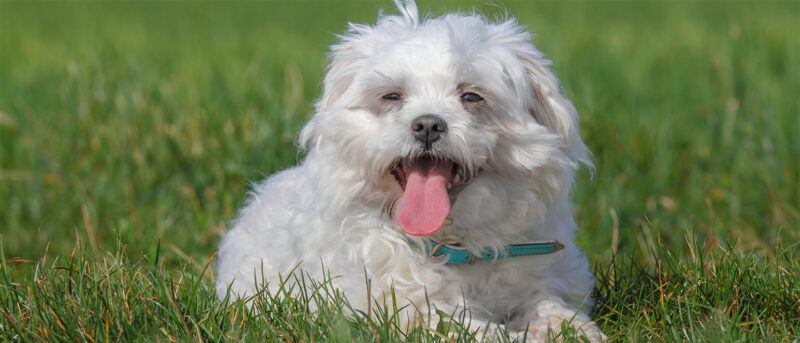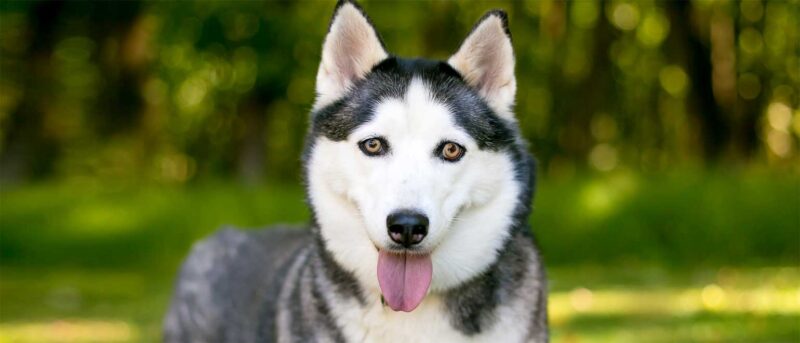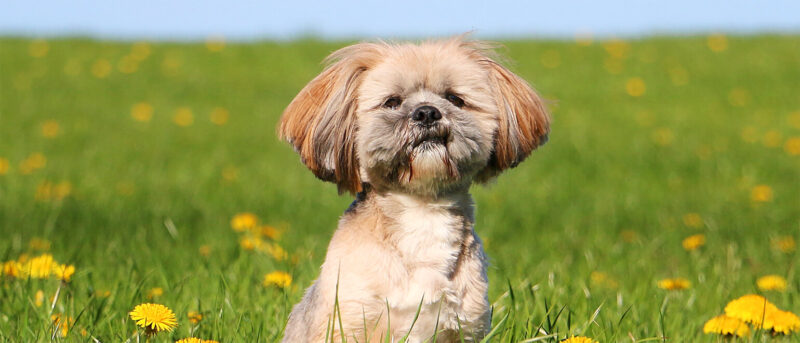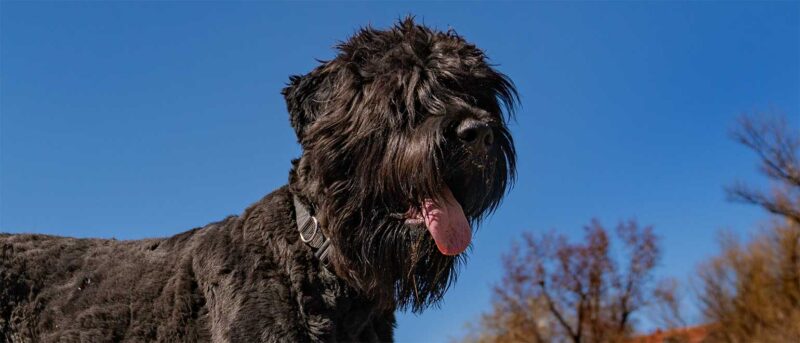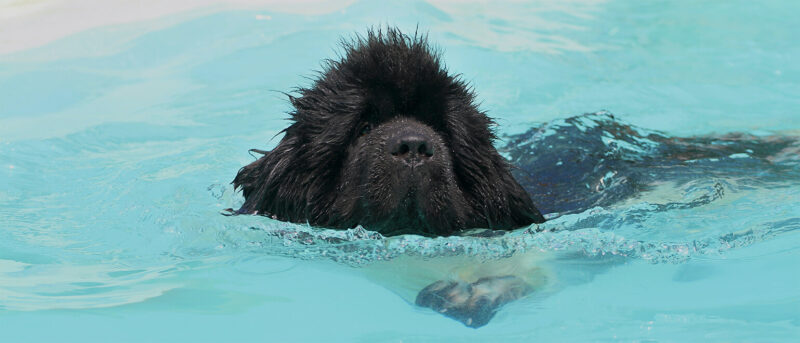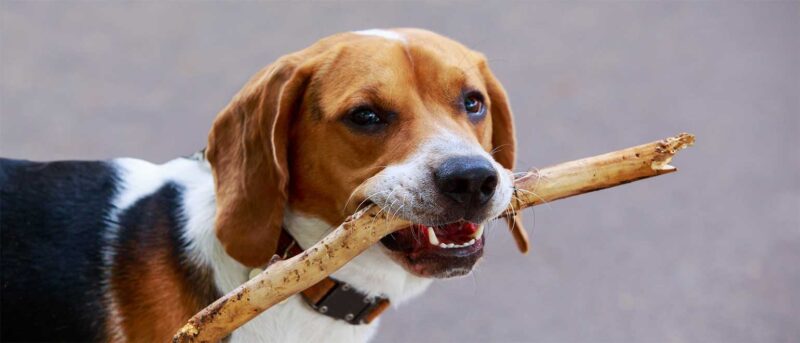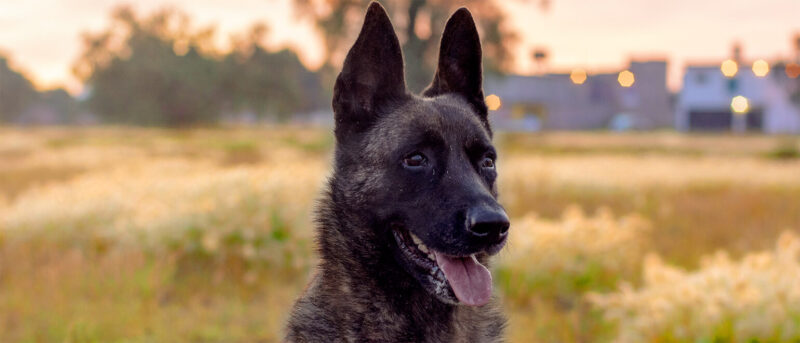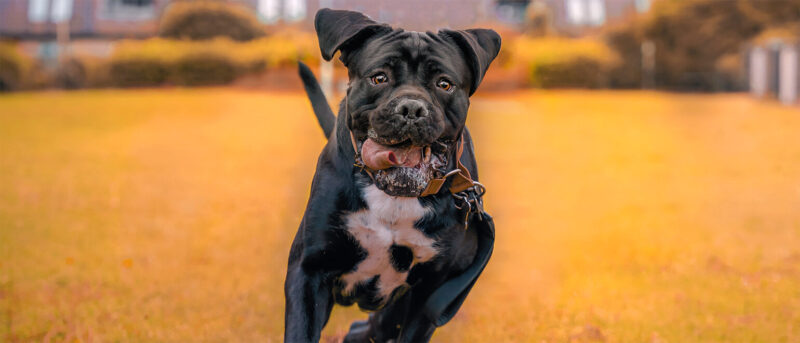American Bulldog: Dog Breed Temperament, Personality, & FAQ Guide
The American Bulldog is a robust and loyal breed originating from the United States. This gentle giant is a perfect addition to any household with its combination of intellect and athletic ability. Whether spending time learning new tricks with their owner or strutting their stuff in the AKC show arena, American Bulldogs excel in companionship. […]
The American Bulldog is a robust and loyal breed originating from the United States. This gentle giant is a perfect addition to any household with its combination of intellect and athletic ability. Whether spending time learning new tricks with their owner or strutting their stuff in the AKC show arena, American Bulldogs excel in companionship.
This comprehensive dog guide from Penelope’s Bloom provides all the essential details about the American Bulldog, a truly remarkable breed! Once you’ve acquainted yourself with this vital information, you might just consider adding one to your family. And don’t worry, we’ve got you covered with resources ranging from breeding associations to rescue organizations. Let’s dive into the world of American Bulldogs!
American Bulldog Dog Breed Characteristics
The American Bulldog is an intelligent dog that was historically bred to help on the farm. This breed is powerfully built with a short, smooth white coat and a variety of markings (can vary in color).
The American Kennel Club’s breed standard for the American Bulldog also calls for almond-shaped eyes and a straight, medium-length tail that tapers to a point. The average lifespan of these working dogs is 10-12 years.
All dog breeds are placed into groups based on size, appearance, and ability. This is helpful for the dog show ring and events, where it would be unfair to judge the athletic ability of an American Bulldog against the stout legs of a Lhasa Apso.
Bulldogs belong to the non-sporting group. Non-sporting dogs refer to breeds with varied histories that were bred for a wide range of purposes unrelated to hunting or specific work functions.
American Bulldog Dog Breed Size
The American Bulldog is typically categorized as a medium to large size dog. Males generally weigh 75-100 pounds and stand 22-25 inches tall. Females grow to between 60 and 80 pounds, also standing 20-23 inches in height.
American Bulldog Dog Breed Personality
A descendant of the English Bulldog, the American Bulldog was historically used as a working dog, assisting in guarding the farms of their owners and helping to bring down and catch feral pigs. For these reasons, this dog makes an active, courageous, and intelligent companion. This breed is not known to display aggression or hostility and does well with children.
American Bulldogs are incredibly affectionate and fiercely protective of their owners, reserving any signs of aggression for suspicious individuals or perceived threats. Their keen alertness and unwavering dedication to their family make them exceptional guard dogs.
These dogs are deeply family-oriented and have a special fondness for children. They relish being part of family gatherings and thrive in the company of multiple people. Despite their imposing size and muscular frame, they are gentle giants who enjoy receiving attention and pleasing their owners.
Thanks to their boundless energy, American Bulldogs are always ready to be on the move, whether it’s running around the dog park or backyard. These dogs are easy to train but can be rambunctious if they are not given enough stimulation.
Are American Bulldogs Considered Aggressive?
Due to their loyal nature, American Bulldogs can be naturally territorial and protective of their owners and family. Without proper training, they may be territorial with larger dogs, especially of the same sex. It’s important to exercise caution when introducing your American Bulldog to strangers or younger family members until you are sure of their personality and training.
It’s important to properly socialize American Bulldogs as puppies to avoid aggression as an adult. Thankfully, this breed is easy to train and can begin basic obedience training when they are less than six months old. While these are informed generalizations about the American Bulldog, it’s important to note that each dog has its own personality that will reveal itself in a loving home with time.
Does This Breed Bark a Lot?
While this breed is not known for being yappy, American Bulldogs are alert dogs that are always aware of their surroundings and will bark if they feel someone is encroaching on their space (from burglars to just the everyday mailman). Compared to all other dog breeds, the American Bulldog is considered a moderate barker.
For the American Bulldog, barking is mostly a defensive mechanism, used to alarm their loved ones that there may be a potential threat.
Hate constant barking? The simplest method to curb your dog’s excessive vocalizations is to avoid rewarding them. Giving any form of attention in response to your Bulldog’s noisy barks will only reinforce this behavior, leading them to bark even louder and more frequently.
American Bulldog Exercise
It’s important to note that American Bulldogs require a lot of exercise and activity. You may want to reconsider adopting this breed if you prefer to live a more laid-back and sedentary lifestyle, especially if you’re considering adopting an American Bulldog puppy.
Like many working dogs, this particular breed can become destructive and moody if they don’t get enough stimulation. If your Bulldog doesn’t get their exercise fix, they resort to bad behaviors like chewing and ripping apart items in your home.
For optimal health and behavior, an American Bulldog should receive 1-2 hours of exercise a day. Generally, you’ll want to take them on a daily walk at a moderate pace of at least 45 minutes and provide additional off-leash play to prevent boredom and weight gain. It is helpful to have a large yard or nearby dog park that allows off-leash activity so your Bulldog can keep their muscle tone and tire themselves out.
That being said, American Bulldog puppies should wait until they are finished growing (between 12-15 months) before enjoying strenuous exercise to avoid risking injury to their growing bones. By the time they are around three months old, your American Bulldog pup can enjoy short 10-15 minute walks.
The American Bulldog breed is brachycephalic (meaning they have short muzzles), which makes their airways more constrained than with other dog breeds. Because of this genetic disposition, American Bulldogs can have issues cooling themselves off. As a result, it’s essential to provide your American Bulldog with regular breaks during exercise (especially during the summer) to prevent overheating.
American Bulldog Training
The American Bulldog thrives with experienced handlers who can manage this active and intelligent breed’s strength, energy, and assertive nature.
The best dog training approach requires consistency and high-reward reinforcement! The American Bulldog breed specifically possesses a natural inclination to please their owners and is highly motivated by praise (and treats, of course). When training your Bulldog, it’s important to consistently reward them with plenty of affection, treats, and playtime. Play rewards are particularly effective for American Bulldogs as they help this breed expend energy while reinforcing positive behavior.
Another key aspect of training your dog is socialization. To minimize potential aggressive behavior, it’s best to begin socialization when they’re a puppy. You can do this by introducing your Bulldog to various public settings, allowing strangers to interact with them, and demonstrating kindness towards other dogs and people when they’re around. Your calm demeanor around other dogs and people will show your Bulldog that others are not a threat.
American Bulldog History
The story of the American Bulldogs begins in the 17th century when English immigrants came to America with their English Bulldog. They brought their working dogs (English Bulldogs) to help guard their properties and catch cattle.
Over time, these English Bulldogs were bred with other capable working dogs, resulting in the American Bulldog.
The breed gained significant popularity in the Southern states due to its feral hog hunting abilities. Their ferocious nature also made them a preferred choice for bull baiting—a brutal sport where a dog, typically a bully or terrier breed, would provoke a bull for entertainment purposes.
With the industrialization of the United States, the American Bulldog breed almost went extinct. Thankfully, breeders John D. Johnson and Alan Scott started working in the 1940s to propagate the American Bulldog line.
As a result of their hard work, the American Bulldog population recovered from its earlier decline, giving rise to numerous distinct bloodlines that remain identifiable to this day.
American Bulldog Health Problems
American Bulldogs are susceptible to certain health issues. Maintaining a healthy weight, adhering to a consistent exercise regimen, and scheduling regular veterinary check-ups are crucial to preventing some of these problems.
Elbow or Hip Dysplasia
Dysplasia arises when irregularities in connective tissues, such as the hip sockets or elbow joints, impede your Bulldog’s mobility. This health condition usually emerges as your dog ages, with initial symptoms often appearing in mid to later life.
Steady weight management is critical to minimizing this canine health condition. Dogs that gain excess weight during their early years are at a higher risk of dysplasia because the additional pounds place added strain on the joints. Treatments for this condition include weight management, limiting exercise, pain relief measures (CBD Oil is a great option), and dietary adjustments aimed at fostering joint health.
Ichthyosis
Ichthyosis is a hereditary skin disorder in canines caused by a recessive gene mutation. It leads to improper development of the outer layer of your dog’s skin, resulting in rough flakes covering the epidermis. Additionally, there may be areas of heightened pigment and thickened skin. While ichthyosis can be managed with medicated shampoos and creams, it remains incurable, and Ichthyosis typically worsens with age.
Before adopting, ask your breeder about the prevalence of ichthyosis in your dog’s lineage.
Cherry Eye
Cherry Eye is another common health issue that arises with American Bulldogs. This disorder impacts the tear gland located in the corner of your dog’s eye. In American Bulldogs, this gland can protrude out of position, appearing red and swollen, resembling a cherry at the eye’s corner. The optimal veterinary treatment involves suturing the displaced gland back into place.
How to Care for a American Bulldog
At Penelope’s Bloom, we understand how much you love your furry friend and that their health and happiness are your highest priority. Luckily, caring for an American Bulldog is relatively straightforward once you adjust to their significant exercise needs. Be sure to prioritize socialization for your Bulldog and ensure regular veterinary visits for check-ups. Consistent monitoring by your local veterinarian can help detect any potential health issues in their early stages.
Nutrition and Feeding for a American Bulldog
As with most dog breeds, feeding differs for adult dogs and puppies. Puppies should consume approximately twice as much food as adults. For Bulldog puppies under 4 months old, aim for around 3 cups of dog food per day, divided into 4 meals. As they reach 4 to 6 months of age, you can decrease their food intake to about 2 cups per day, divided into 3 meals.
The 6-month age mark signals when you can start feeding your dog an adult diet. Adult dogs eat 1.5-2 cups of food a day in 2 meals.
When it comes to diet, American Bulldogs do best on a high-protein, low-carb diet. Protein helps maintain muscle mass, while a limited amount of carbohydrates prevents weight gain. Since each dog has unique preferences, you may need to experiment with various types of dog food to find one that suits both their body and taste. Make sure to select food from brands that offer high-quality ingredients to support your dog’s health.
Sadly, American Bulldogs are more prone to obesity than other breeds, so it’s crucial to monitor their weight. Even though Bulldogs are prone to a bulky appearance, you can tell if they’re overweight by wrapping your hands around their midsection and feeling their ribs. If you can easily feel their ribs without applying much pressure, they’re probably at an ideal weight!
Coat Color And Grooming
While the American Bulldog is primarily white, their markings come in various colors: brindle, fawn, brown, and red. Although not eligible for dog shows, it is not uncommon to see Bulldogs with blue merle, solid black, and multicolored coats. Generally, the coat of American Bulldog is stiff or coarse to the touch and grows no longer than an inch.
If you want a dog that only needs low-maintenance grooming, the American Bulldog is for you. Optimal grooming care for American Bulldogs is just brushing them a couple of times a week with a firm bristle brush. Brushing helps eliminate excess hair and encourages the production of protective oils on their skin.
The American Bulldog sheds moderately and only needs to be bathed as needed. To prevent canine dental disease, it is recommended to brush their teeth every day. You should also trim their nails (or file them down) once a month. Make sure to check your bulldog’s ears every week for wax buildup and redness or foul odor as this could be a sign of infection.
Does This Breed Smell?
Due to the American Bulldog’s iconic floppy face, this breed has the potential to stink more than other dogs. Each of those wrinkled folds on their face has the potential to harbor bacteria that can lead to an unpleasant odor. If a thorough cleaning with a natural dog shampoo doesn’t alleviate the smell, consult a veterinarian for further options.
Children And Other Pets
American Bulldogs are renowned for their love of young children. If you’re looking to add a pet to your family home, American Bulldogs are a great option.
That being said, this breed does have a tendency to jump on people with excitement which could potentially knock over a small child. Make sure to keep an eye on your Bulldog when they get rowdy to prevent potential injury.
Since American Bulldogs are so protective of their loved ones, they can be territorial or aggressive with other dogs. Make sure to socialize them with dogs before bringing them home. It’s also worth noting that cannabidiol may help calm your dog.
How Much Does This Breed Cost?
An AKC-registered puppy is a financial investment. When it comes to an American Bulldog, you can expect to pay between $1,500 to $30,000. That’s almost twice the price of the most popular American dog breed, the Labrador Retriever.
Below is a brief list of other popular dogs in the US and their respective price:
- Dachshund: $300 to $1,000
- Beagle: $800 to $1,500
- German Shepherd: $500 to $3,000
- Rottweiler: $1,000 to $1,500
Why Do American Bulldogs Cost So Much?
Registered American Bulldogs are so costly because Bulldogs require a lot of check-ups, exams, and many procedures. An American Bulldog stud service costs around $650. On top of other fees breeders must pay for like, artificial insemination, all Bulldogs are born via c-section, which costs $500 to $3,000 per birth.
Rescuing a Bulldog is also a great option for those with a smaller budget and there are plenty of rescue groups that can assist you in finding an American Bulldog. The American Bulldog Rescue (ABR) is a noble non-profit organization that is committed to rescuing and then finding adopters for stray and lost-found American Bulldogs in the US and all across the globe. To learn more about rescuing an American Bulldog and getting more information from ABR, click here.
Rescue Groups
In our home state of California, we have the California American Bulldog Rescue that searches far and wide to find homes for rescued Bulldogs. The helpful organization is part of the larger Rescue Me! network that helps rescue dogs of other breeds find loving homes all over the world. The California American Bulldog Rescue has helped over 15,000 American Bulldogs get adopted!
In the eastern United States, there is the nonprofit organization, The American Bulldog Rescue. This volunteer-led group has been working diligently since 1999 and has rescued over 1000 Bulldogs.
Breed Organizations
Looking for Bulldog Specific Breed organizations? Check out the American Bulldog Association. It’s an American Bulldog specific breed registry. This organization validates American Bulldogs for show and breeding purposes and even hosts dog shows of their own.
Formed in 1890, the Bulldog Club of America works for the welfare of American breeders and advocates for animal rights and runs a nonprofit rescue.
More About American Bulldogs Breed
Move over Air Bud, the American Bulldog can jump over 6 feet! While this means great news for your basketball team, it also means that adequate fencing and a safely enclosed outdoor space are essential for Bulldog ownership.
If you’re interested in the American Bulldog but want to consider alternative dog breeds with similar features, just read below!
American Pit Bull Terrier
Smaller than your average Pit Bull, American Pit Bull Terriers are probably the closest in behavior and look like the American Bulldog.
Boxer
Commonly mixed up with Pit Bulls, Boxers share a similarly squared face with Pits but are generally larger in size and have more compact snouts.
Staffordshire Bull Terrier
Despite the aggressive appearance of the Staffordshire Bull Terrier, these calm dogs are major people lovers.
Bullmastiff
If the idea of training your dog is super appealing, you will adore the routine-loving Bullmastiff.
Cane Corso
For those who want a dog that can tend to livestock and adapt well to rural environments, the easy-to-take care of Cane Corso is a great option for experienced dog owners.
Final Thoughts — American Bulldog
While they may be a handful, American Bulldogs are loving and spunky dogs that are easy enough to train. With consistent training, you can expect to reap the benefits of this intelligent and protective dog breed. While they are often portrayed in the media as being aggressive, American Bulldogs can make wonderful pets when given the proper amount of attention, love, and mental stimulation.







